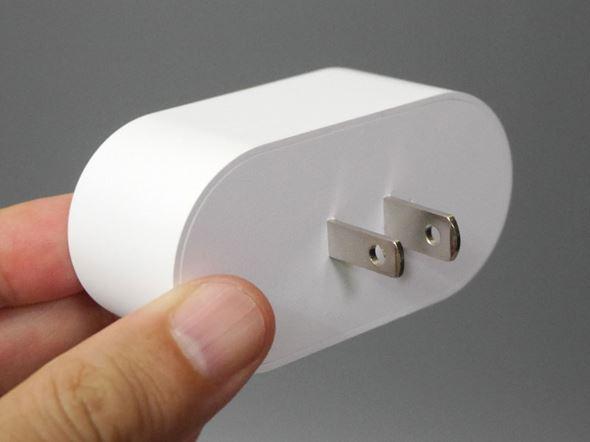Try the Wi-Fi plug "NX-SM300" that can be purchased for 2000 yen. Available from Amazon Echo and Google Home to operate home appliances: Masahiro Yamaguchi's smart speaker living (2/2 page)
The setup flow is the same as the flow of a general Wi-Fi plug. First, create an account from the smartphone application and set the basic settings such as Wi-Fi to control from the smartphone.Let's introduce the main screen and introduce it.
まずはスマートフォンのアプリ「Smart Life」をインストール(画像=左)。ユーザー登録を行う(画像=右)。ここで入力したメールアドレスとパスワードは以降のスマートスピーカーとの連携でも使用するデバイスを選択(画像=左)。今回は「ソケット」を選んで次に進む。本体に電源を入れてLEDが点灯したのを確認して次に進む(画像=右)Wi-Fiへの接続設定を終えると、デバイスの追加が完了(画像=左)。この段階でスマホから操作可能になる(画像=右)Next, by incorporating skills by incorporating skills for each smart speaker, audio can be controlled.Since it supports the smart home skills in Alexa, it does not need to be included in the audio command, so turn on the power with "attach XX (equipment name)" or "turn on ○○".Can beThe same goes for Google Home.

The setting procedure is as follows, but let's summarize the advantages and disadvantages of compared to HS105 after using it roughly.
First of all, regarding the overall usability, the basic functions are covered, the app is almost perfect, and the instruction manual is included in the Japanese version.This is cheaper than HS105, so if you look for price -oriented, the benefits are great.By the way, it is the same as HS105 that Wi-Fi does not support the 5GHz band.
In addition to these, the smartphone app can be used in addition to these functions such as timer, countdown, and power consumption measurement, and scenes can be created.Like TP-Link products, there is no function to use in combination with its own network products, but TP-Link products may not be very handy in Japan, as there are cases where it is not actually available in Japan.
On the other hand, there are disadvantages.One is that the LED, which is integrated with the power button, is next to the outlet mouth, so the operating status cannot be confirmed from the side or the top.The HS105, where the LED is located on the body angle, is slightly inferior to the front, top, and further side, compared to three directions.You may not be bothered, but many people say it's a bottleneck.
壁面のコンセントに取り付けた状態。幅はやや広いので取付環境によってはネックになるだろう動作状況はLEDの色(赤、青)によって判別できる。横方向からは見えないのがネックAlso, as mentioned at the beginning, the width is slightly large, but on the contrary, the depth is more slim, and the 2P plug and outlet are properly arranged near the center of the main unit.This will be the advantages and disadvantages.
As described above, there are some twisting the head, such as the notation of the main unit above and the fact that the manufacturer's name is not put on the front, but there is no major problem as long as you try it.This time, we have not tried this but also supports IFTTT, so if you want to try a Wi-Fi plug that is as cheap as possible, why not consider it as one of the candidates?
